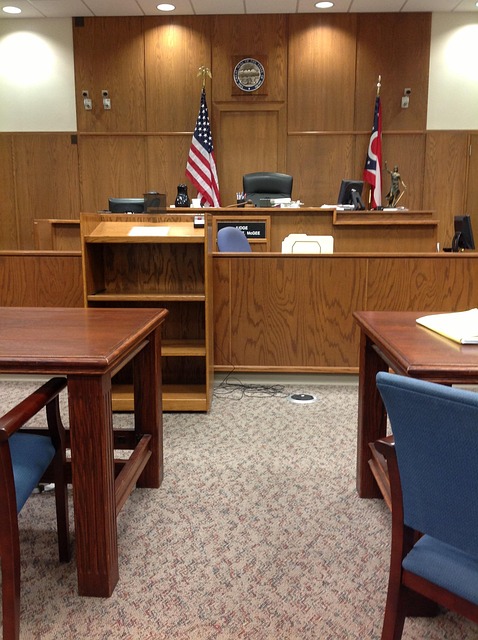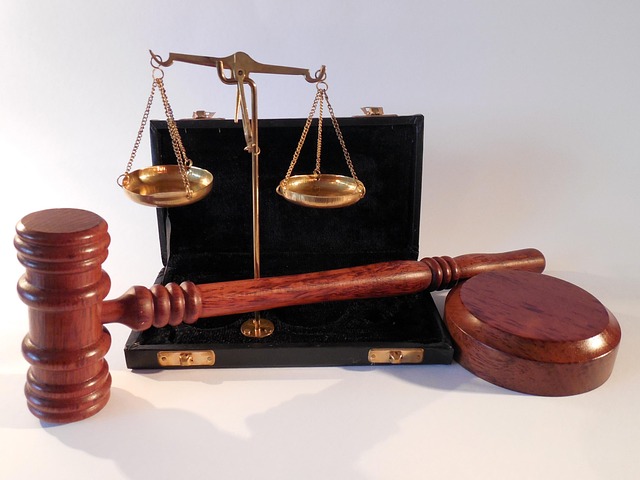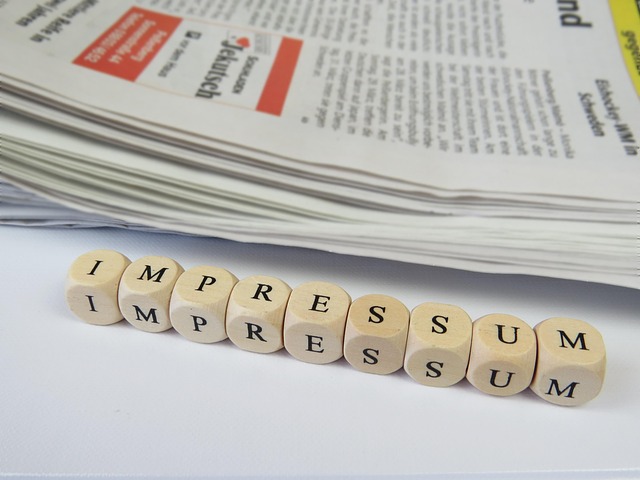Behind the Case: How We Helped a Client Win Their Injury Claim
In the legal world, personal injury cases are often emotional, complex, and fraught with challenges. Behind every claim is a person whose life has been disrupted by an accident they didn’t cause. Today, we’re pulling back the curtain to share a true-to-life case study (with client details changed for privacy) to show how legal strategy, diligence, and compassion helped one injured individual receive the justice they deserved.
This article will take you through the entire journey: from the accident scene to the courtroom win. Whether you’re someone pursuing your own injury claim, or just interested in how injury cases are handled, this behind-the-scenes look offers real insight into the legal process.
Chapter 1: The Day Everything Changed
It was a rainy Monday morning when our client, whom we’ll call Sarah, was driving to work. She was proceeding through a green light at a busy intersection when another driver, distracted by their phone, ran a red light and crashed into the driver’s side of Sarah’s vehicle. The force of the collision caused her car to spin and hit the median.
Sarah suffered a concussion, fractured ribs, and a herniated disc in her lower back. Her car was totaled. But worse than the physical damage was the uncertainty that followed: how would she pay her medical bills? Would her employer hold her job while she recovered? And would she ever feel physically or emotionally stable again?
Chapter 2: The First Call
Sarah reached out to our law firm after being referred by a former client. She was overwhelmed, in pain, and unsure if she had a case at all.
During our free consultation, we listened carefully to Sarah’s account of the accident, reviewed the initial police report, and asked about her injuries and treatment so far. It became clear she had a strong case. Not only was the other driver clearly at fault (per the police and witness reports), but their insurance company was already trying to contact Sarah with a quick, low settlement offer.
We knew this was a pivotal moment.
We advised Sarah not to speak with the insurance company directly and assured her that we would handle all communication from this point forward.
Chapter 3: Building the Case
Personal injury law isn’t just about arguing in court. It’s about evidence. Our legal team got to work immediately:
1. Collecting Evidence
-
Police report: Clearly cited the other driver’s negligence.
-
Witness statements: We located two witnesses who confirmed the red-light violation.
-
Traffic camera footage: We obtained video showing the other car speeding through the red light.
2. Medical Documentation
We worked closely with Sarah’s healthcare providers to compile:
-
Emergency room records
-
X-rays, MRI scans, and physician notes
-
Physical therapy reports
-
Prognosis for long-term care
We also had Sarah evaluated by a neutral orthopedic specialist to confirm the extent of her injuries, which is especially helpful if the case goes to trial.
3. Loss Documentation
To demonstrate the financial impact, we documented:
-
Lost wages and time off work
-
Medical expenses, including medications and therapy
-
Out-of-pocket costs (transportation, home care)

Chapter 4: Facing the Insurance Company
Once our case file was solid, we filed a formal claim with the at-fault driver’s insurance company.
As expected, the insurer responded with a lowball offer—just $25,000 for a case worth far more. We rejected the offer and entered into negotiation, armed with:
-
Medical proof of long-term injury
-
Evidence of emotional and physical suffering
-
Witness and video proof of the other party’s fault
After three weeks of back-and-forth negotiation, the insurance company raised the offer to $55,000. It was better, but still not enough to cover the full cost of Sarah’s medical bills and pain.
We made the decision—with Sarah’s approval—to file a lawsuit.
Chapter 5: The Lawsuit Process
Filing a lawsuit doesn’t mean the case goes to trial immediately. It begins a formal legal process called discovery:
1. Depositions
Both Sarah and the other driver gave sworn statements. The opposing counsel tried to downplay her injuries, but our preparation paid off. Sarah’s responses were calm, consistent, and credible.
2. Expert Testimony
We brought in:
-
An accident reconstructionist who explained the crash dynamics
-
A medical expert who discussed how the injury would affect Sarah’s future
3. Pre-Trial Motions
We successfully filed a motion to exclude certain irrelevant evidence the defense tried to bring in—like an old injury that had no connection to the current accident.
Chapter 6: The Settlement Offer That Changed Everything
Just two weeks before the trial date, the insurance company came back to the table. This time, they were more serious.
They offered a settlement of $185,000.
We presented the offer to Sarah. She asked smart questions: Would going to trial get her more? What were the risks?
We explained that while her case was strong, juries are unpredictable. She could win more—or less. After considering the financial and emotional toll of a trial, Sarah chose to accept the settlement.
We celebrated—not just the money, but the justice and closure she received.
Chapter 7: Life After the Case
With the settlement finalized, Sarah could:
-
Pay off all her medical bills
-
Take the time she needed for recovery without financial pressure
-
Plan for future care, including chiropractic treatment
-
Replace her vehicle
-
Resume her career with confidence
But more than that, she regained peace of mind.
She told us, “I’m so glad I didn’t try to do this alone. I was going to accept their first offer. I didn’t know what I was worth—but you did.”
Chapter 8: Key Takeaways from the Case
Every injury case is unique, but Sarah’s story teaches us several universal truths:
1. Never Accept the First Offer
Insurance companies are trained to offer as little as possible—especially if they think you don’t have legal representation.
2. Legal Representation Matters
Sarah’s outcome would’ve been very different without a legal team to fight for her rights, challenge the insurance company, and build a compelling case.
3. Evidence is Everything
The more evidence you gather early on—photos, medical reports, witness statements—the stronger your case becomes.
4. Understand the Timeline
Injury cases don’t always resolve quickly. Sarah’s case took 10 months from start to settlement. Patience and persistence are crucial.
5. Communication is Key
We maintained regular contact with Sarah, ensuring she understood every step. This transparency built trust and reduced her stress.

Chapter 9: Common Mistakes Injury Victims Make
Many people make avoidable errors after an accident. Sarah almost did too. Here’s what to avoid:
-
Talking to the other party’s insurance without legal counsel
-
Delaying medical treatment
-
Not documenting symptoms or appointments
-
Posting about the accident on social media
-
Accepting a quick settlement to “move on”
An injury may only take seconds to occur—but the impact can last a lifetime. Your actions after an accident matter just as much as the incident itself.
Chapter 10: Why We Share These Stories
We share client stories (with permission or fictionalized details) not to boast—but to educate. Too many people don’t know their rights. Too many injury victims settle for less than they deserve because they feel powerless, uninformed, or pressured by insurance companies.
Sarah’s story is one of empowerment—of turning a traumatic event into a story of justice.
Final Thoughts: You Deserve a Fighter in Your Corner
If you’ve been injured in an accident and are wondering what your next step should be, remember this:
-
You are not alone
-
You may be entitled to compensation
-
You don’t have to navigate this system without guidance
Our firm, and many like ours, offer free consultations because we believe in helping injury victims explore their options without pressure or cost.
Whether your case involves a car accident, slip and fall, medical malpractice, or workplace injury—your story matters. And like Sarah, you deserve a team that will fight for your future, not just a quick settlement.
